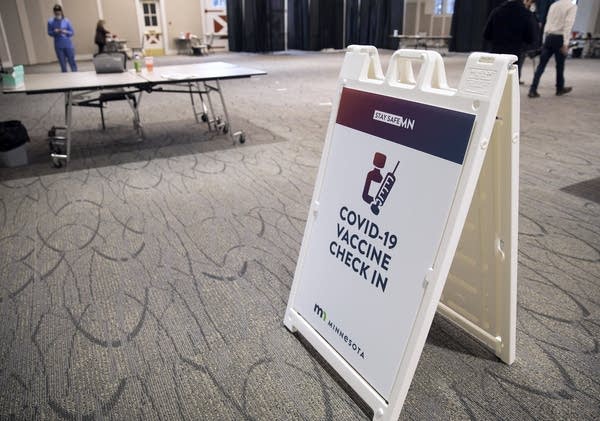Jan. 23 update on COVID-19 in MN: Trends look good, as vaccination effort continues

A sign alerts people to the check-in area on Thursday at the Earle Brown Heritage Center in Brooklyn Center, Minn. Nine COVID-19 vaccine sites opened around the state Thursday for those with appointments as part a pilot program intended to speed vaccinations to people 65 and older as well as educators and child care workers.
Christine T. Nguyen | MPR News file
Go Deeper.
Create an account or log in to save stories.
Like this?
Thanks for liking this story! We have added it to a list of your favorite stories.


